Australasia
Geography
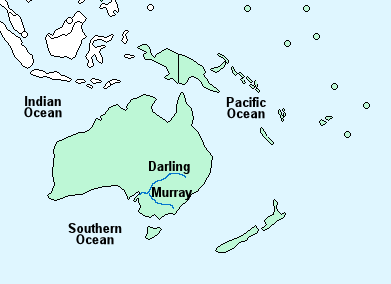
Australasia, also called Oceania or Australasia/Oceania, is the World’s smallest continent – 8,112,000 km² covering approximately 5.3% of the Earth’s land and 1.5% of the Earth’s surface.
It is situated partly in the Pacific ocean, bordered by the Indian Ocean to the west and the Southern ocean to the south.
The highest point is Mount Wilhelm (4509 m) in Papua New Guinea.
The longest river is the Darling river (2,739 km) which is a tributary of the Murray river in Australia.
Australasia is the flattest continent with much of Australia being desert.
Regions & Seasons
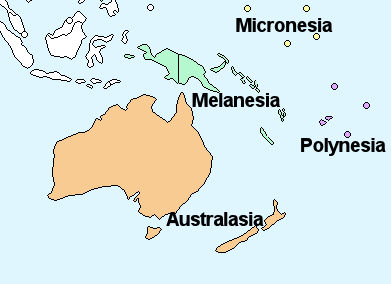
Australasia/Oceania is broadly divided into four regions as shown on the map right.
Australasia lies entirely in the southern hemisphere and the seasons of all are similar.
– Spring – September, October, November
– Summer – December, January, February
– Autumn – March, April, May
– Winter – June, July, August
Climate
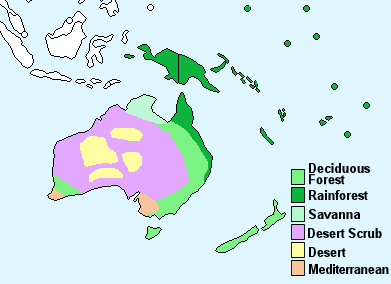
The climate of Australasia/Oceania can be divided into six different climate types
Deciduous forest – Four distinct seasons with warm summers and cold, wet winters. The trees shed their leaves in autumn.
Rainforest – High temperatures throughout the year with very little rainfall.
Savanna – Very high temperatures all year and rain during the summer season only.
Desert – Warm to high temperatures with very little rainfall.
Desert scrub – Hot summers and cold winters with above average rainfall.
Countries and Islands
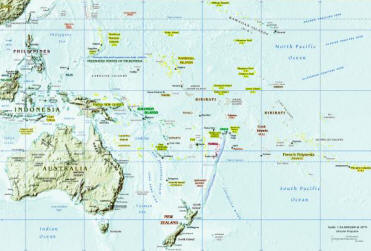
There are 28 countries and Island groups in Australasia/Oceania
Australia, Christmas Island, Cocos Islands, Cook Islands, Fiji, Guam, Kiribati, Marshall Islands, Federated States of Micronesia, Nauru, New Caledonia, New Zealand, Niue, Norfolk Island, Northern Mariana Islands, Palau, Papua New Guinea, Pitcairn Islands, French Polynesia, American Samoa, Samoa, Solomon Islands, Tokelau, Tonga, Tuvalu, Vanuatu, Wallis and Futuna
Click on the map (right) for a larger image.
Demography
Australasia/Oceania is the least populated continent after Antarctica. It contains around 0.5% of the World’s population with a growth rate of approximately 1.3% per year.
The total population of Australasia is around 32,000,000 (2005). Eastern and south-eastern Australia, northern New Zealand and the Pacific islands are the most populated while the desert region of Australia is the least populated.
The countries with the highest populations (to the nearest million) are:
Australia – 20 million
Papua New Guinea – 5 million
New Zealand – 4 million
Fiji – 1 million
Australia and New Zealand are the most economically developed countries.
Plant Life
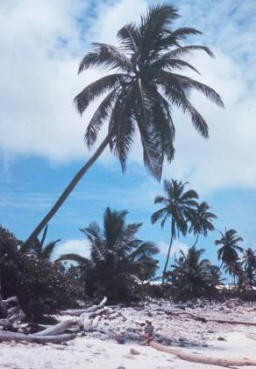
The plant life of Australasia is wide and varied and in some cases unique to the continent.
The tropical island regions are home to dense forests with coconut palms and mangroves growing nearer the shorelines.
The dry desert and desert scrub region of Australia is home to the eucalyptus as well as those plants that can survive the arid conditions like cactii.
The deciduous forest region has a wealth of plant life and includes tall and short trees, shrubs, small plants and mosses
Animal Life

The animal life of Australasia is wide and varied and in many cases unique to the continent.
Marsupials such as kangaroos, possums and wombats can be found in Australia and Papua New Guinea.
Many of the Pacific islands are the unique home of lizards and geckos.
Other animals that can be found in Australasia include koalas, dingoes, crocodiles, monitor lizards and komodo dragons.
Birds are a common feature of the Pacific islands while emus, kiwis, and cockatoos are all native to Australasia.
Harvard Reference for this page:
Heather Y Wheeler. (2015). Australasia. Available: https://www.naturalhistoryonthenet.com/Continents/australasia.htm. Last accessed Thursday, July 21, 2016
Continents Pages
Africa Antarctica Asia Australasia/Oceania 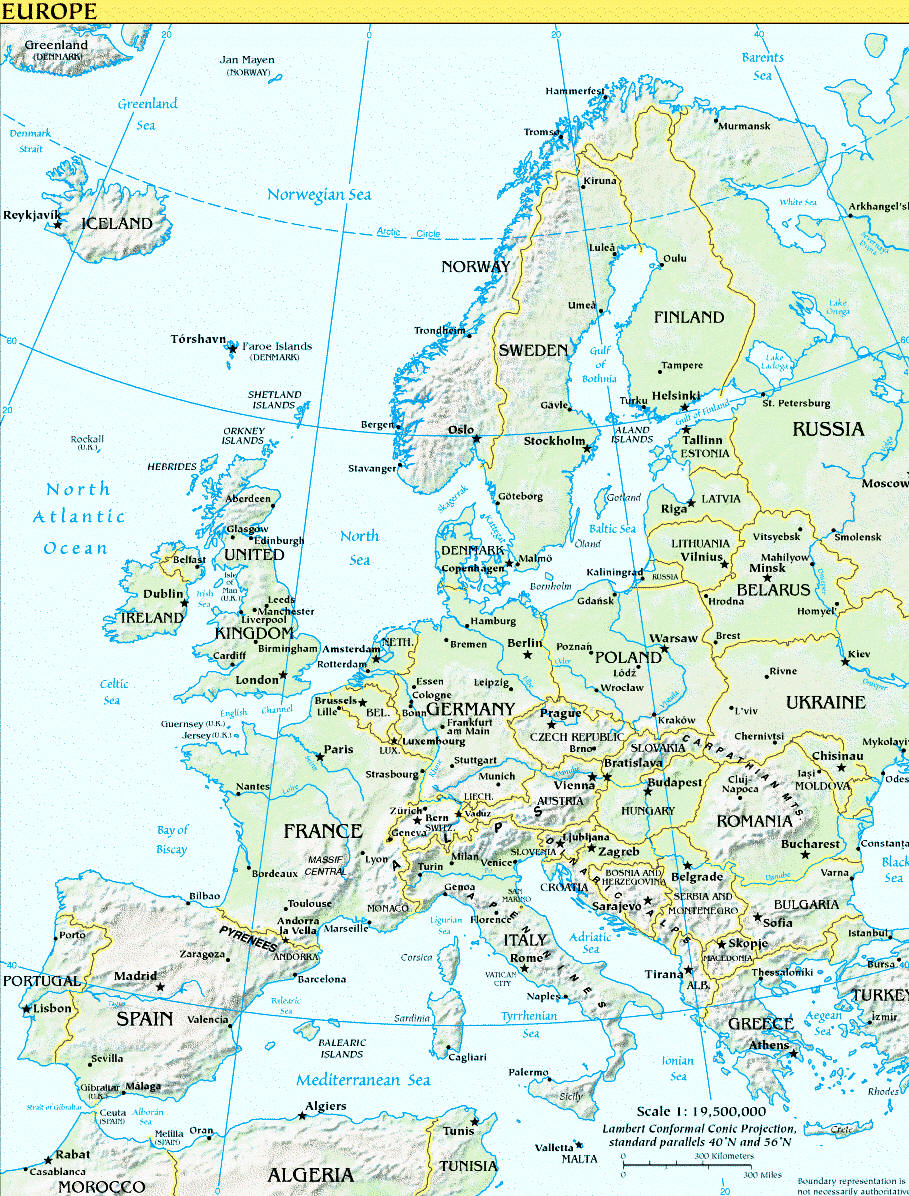 North America South America
North America South America
